A new clinical trial shows that deep brain stimulation (DBS) improved symptoms in half of adults with treatment-resistant depression, with one-third reaching remission.


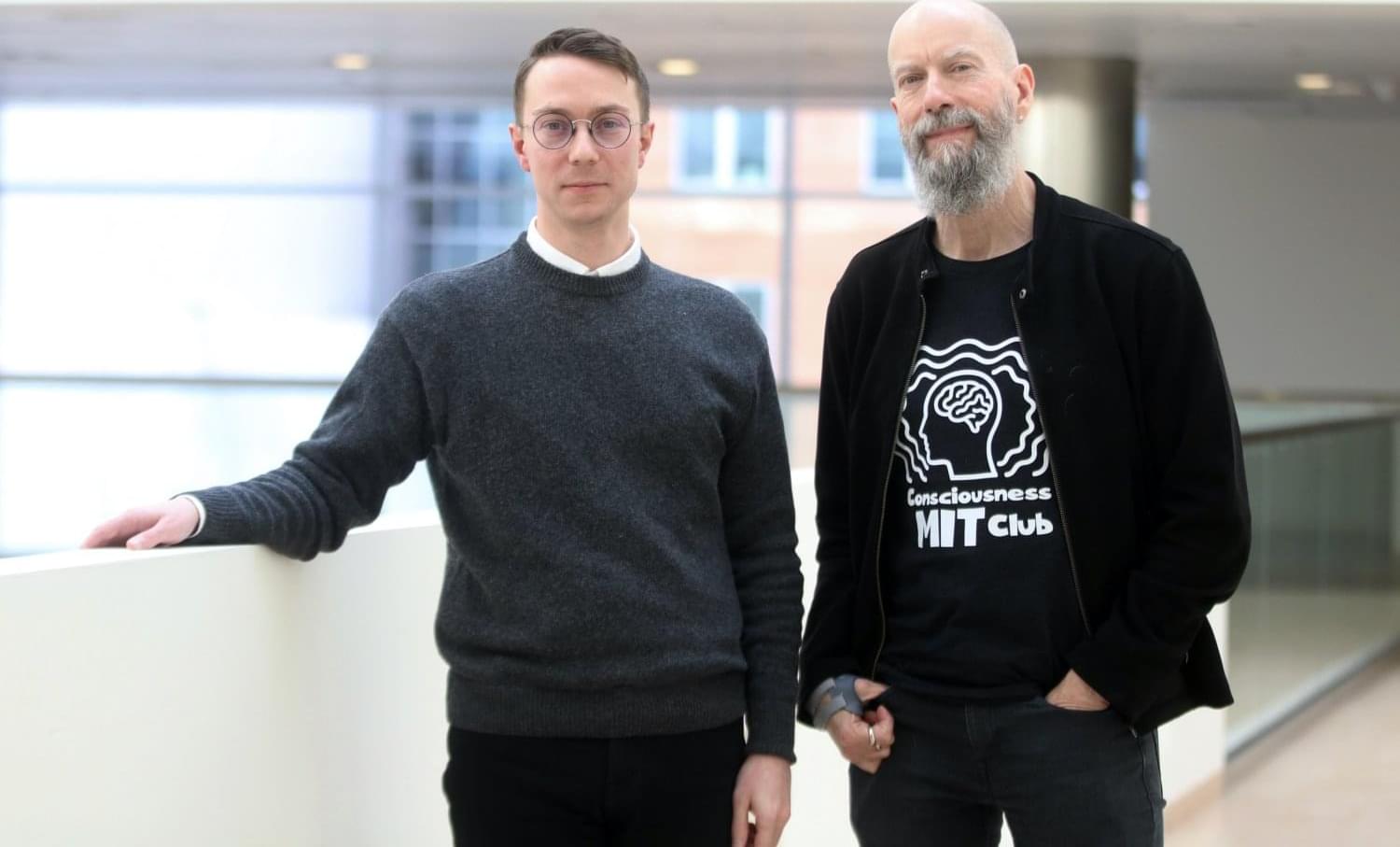
Humans know they exist, but how does “knowing” work? Despite all that’s been learned about brain function and the bodily processes it governs, we still don’t understand where the subjective experiences associated with brain functions originate.
A new interdisciplinary project seeks to find answers to these kinds of big questions around consciousness, a fundamental yet elusive phenomenon.
The MIT Consciousness Club is co-led by philosopher Matthias Michel, the Old Dominion Career Development Professor in the Department of Linguistics and Philosophy, and Earl Miller, the Picower Professor of Neuroscience in the Department of Brain and Cognitive Sciences.
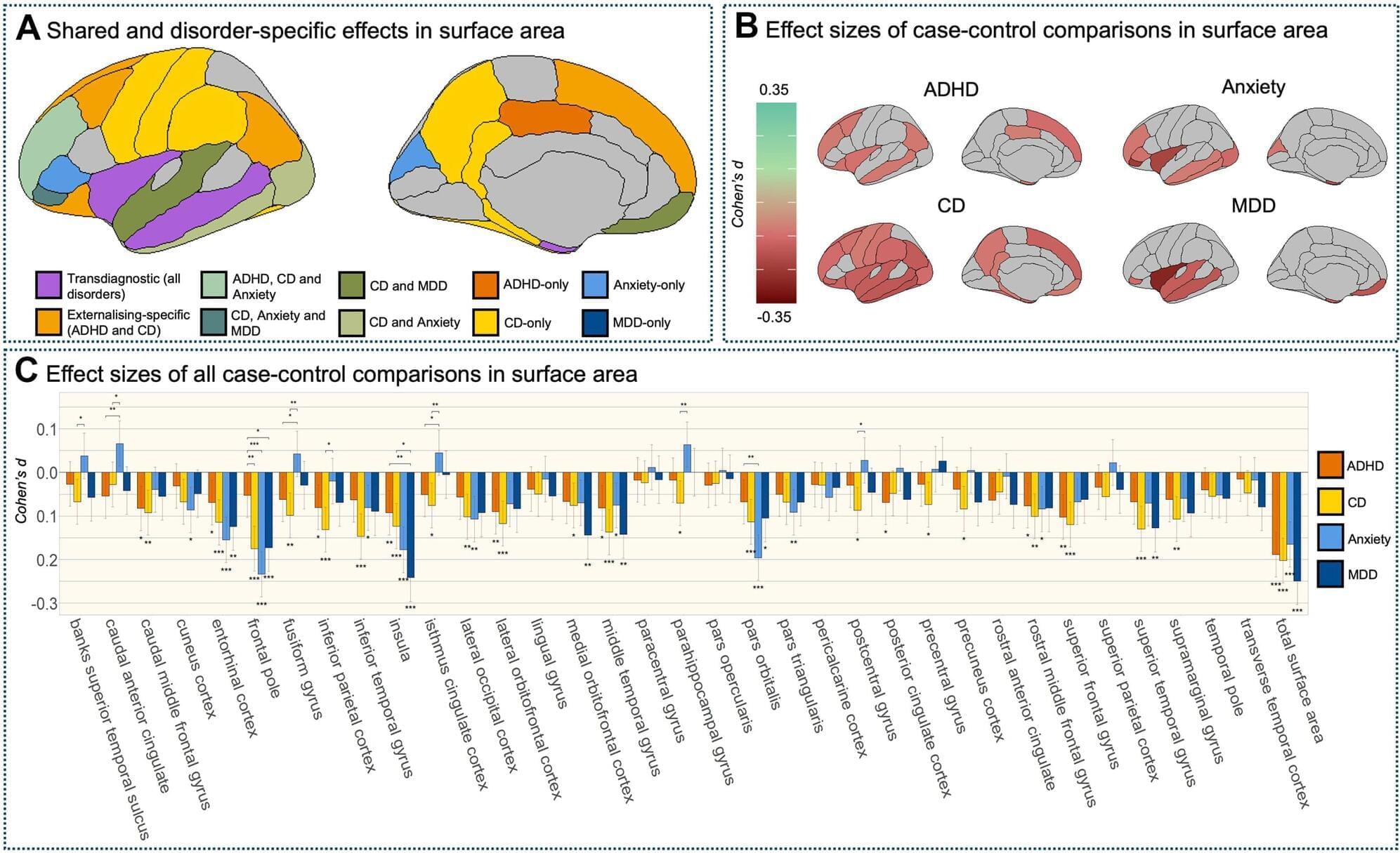
An international study—the largest of its kind—has uncovered similar structural changes in the brains of young people diagnosed with anxiety disorders, depression, ADHD and conduct disorder, offering new insights into the biological roots of mental health conditions in children and young people.
Led by Dr. Sophie Townend, a researcher in the Department of Psychology at the University of Bath, the study, published today in the journal Biological Psychiatry, analyzed brain scans from almost 9,000 children and adolescents—around half with a diagnosed mental health condition—to identify both shared and disorder-specific alterations in brain structure across four of the most common psychiatric disorders in childhood and adolescence.
Among several key findings, the researchers identified common brain changes across all four disorders—notably, a reduced surface area in regions critical for processing emotions, responding to threats and maintaining awareness of bodily states.
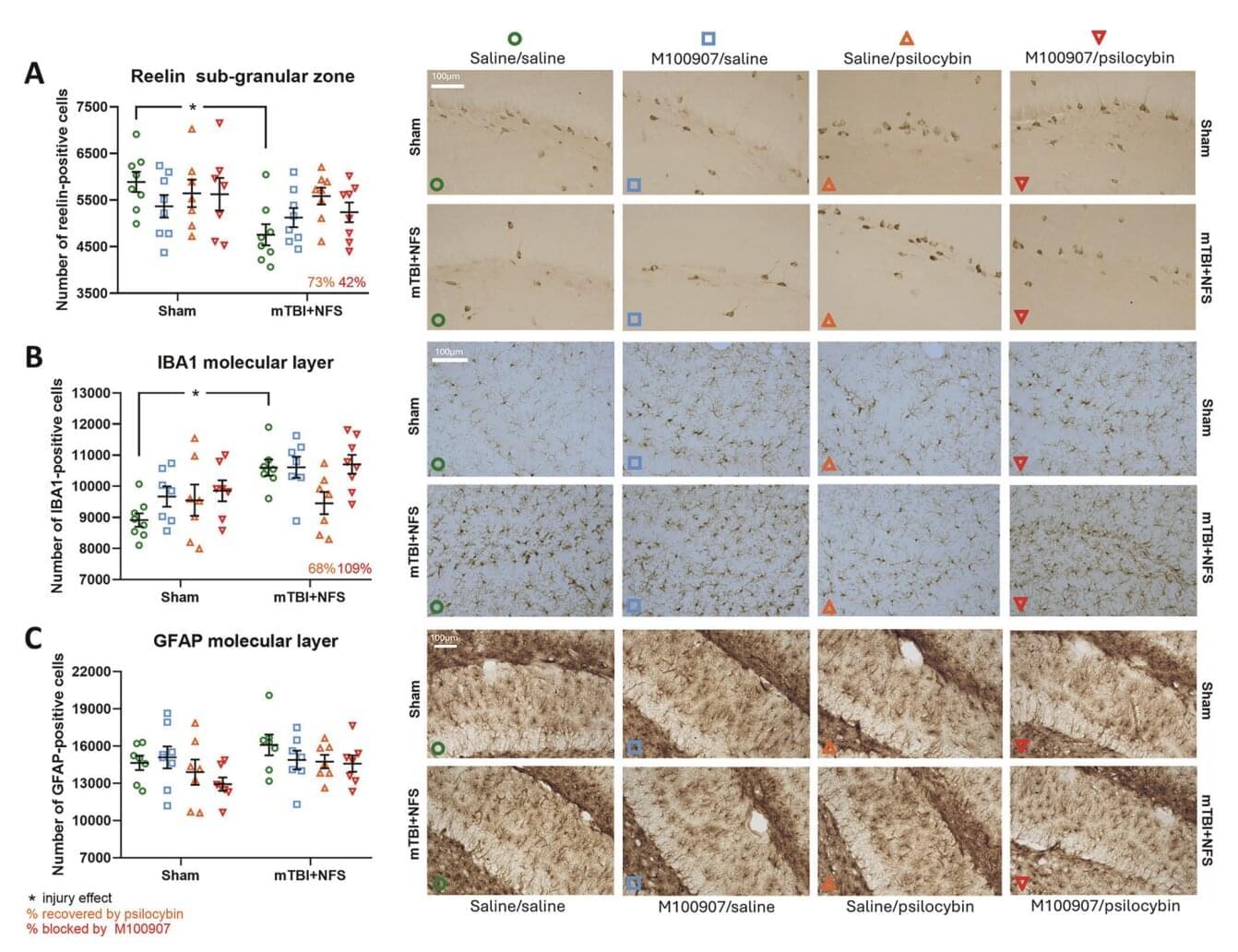
The term intimate partner violence (IPV) refers to physical, sexual or psychological abuse perpetrated by an individual on their romantic partner or spouse. Victims of IPV who are violently attacked and physically abused on a regular basis can sometimes present injuries that have lasting consequences on their mood, mental processes and behavior.
Common types of injuries observed in IPV victims who are periodically attacked physically include mild traumatic brain injuries (mTBI) and disruptions in the flow of blood or oxygen to the brain emerging from non-fatal strangulation (NFS). Both these have been linked to inflammation in the brain and a hindered ability to form new connections between neurons or change older connections (i.e., neuroplasticity).
Researchers at Monash University, Vancouver Island University and University of Victoria recently carried out a study involving rats aimed at assessing the potential of the psychedelic compound psilocybin for reversing the chronic effects of IPV-related brain injuries. Their findings, published in Molecular Psychiatry, suggest that psilocybin could in fact reduce inflammation and anxiety, improve memory and facilitate learning following brain injuries caused by repeated physical trauma.
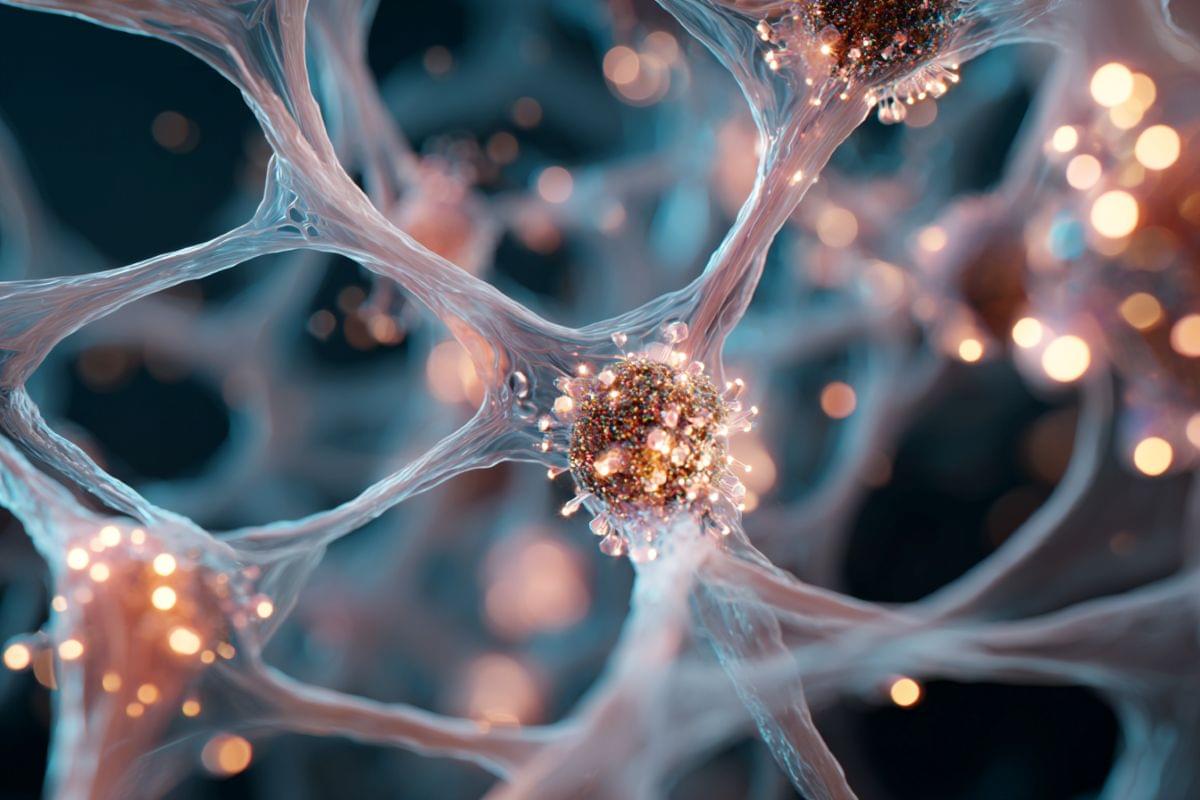
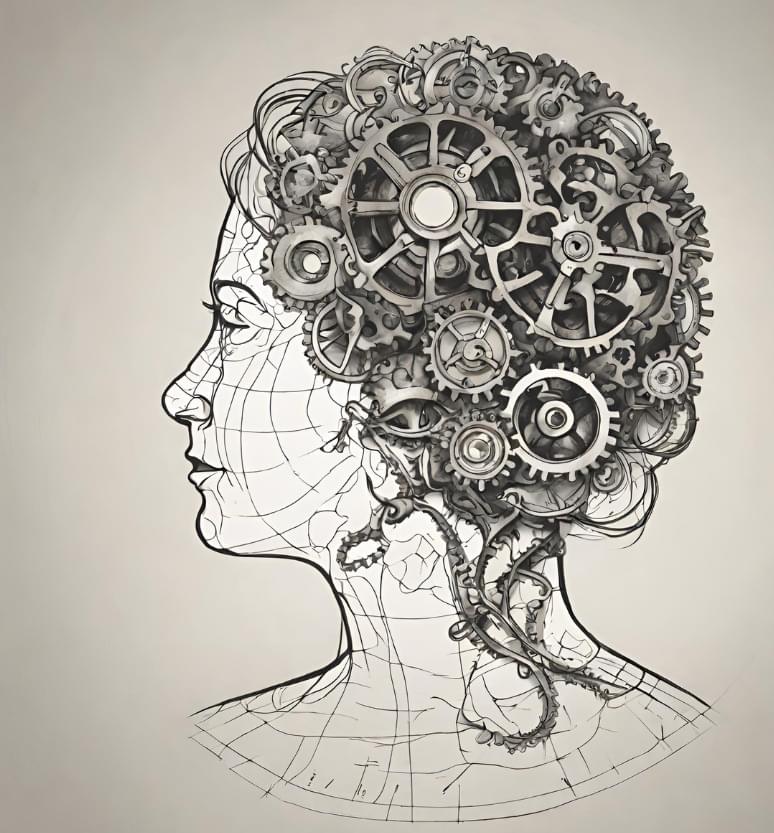
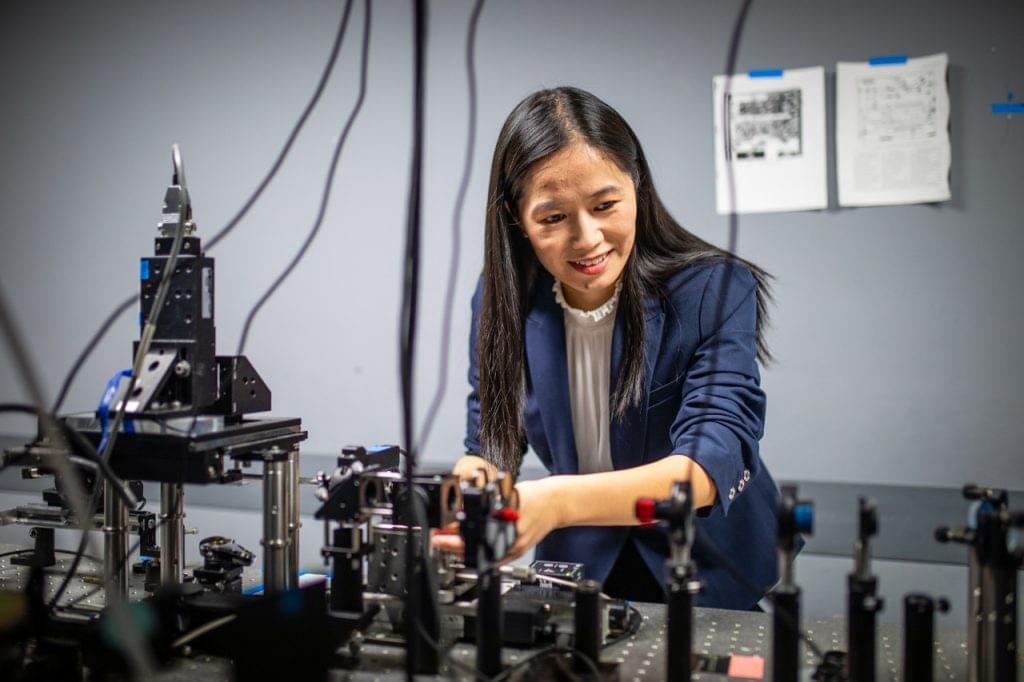
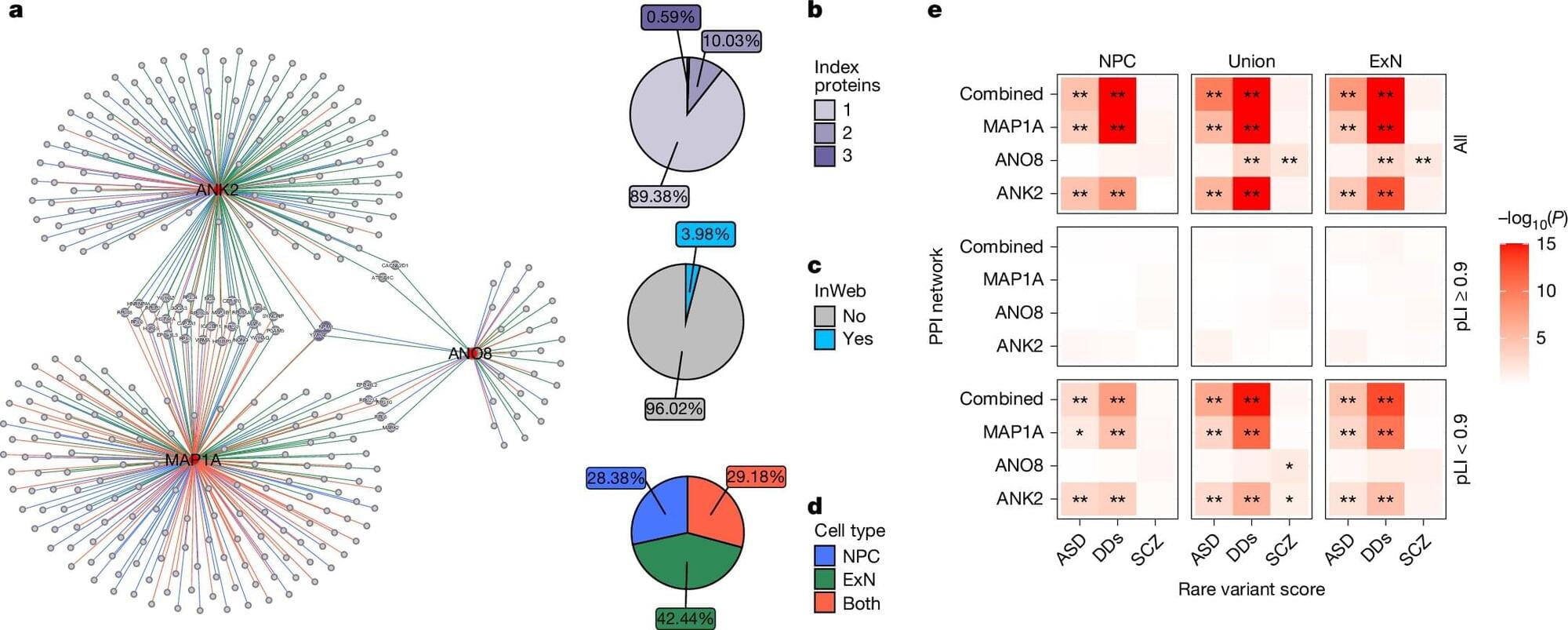
ADHD is a neurodevelopmental disorder with a high heritability, in which the genetic component consists of thousands of genetic variants. Most variants only slightly increase the likelihood of receiving the diagnosis. Now an international study led by researchers from iPSYCH at Aarhus University has shown that rare high-effect genetic variants also play an important role.
The study has been published in Nature, and the researchers have found a markedly increased likelihood of developing ADHD among individuals carrying rare variants in three genes—MAP1A, ANO8 and ANK2—in some cases by up to 15 times.
These genetic variants are very rare, but when present, the study shows that they strongly affect genes expressed in the brain’s nerve cells. In individuals carrying these variants, the development and communication between nerve cells may therefore be disrupted, which can result in ADHD.
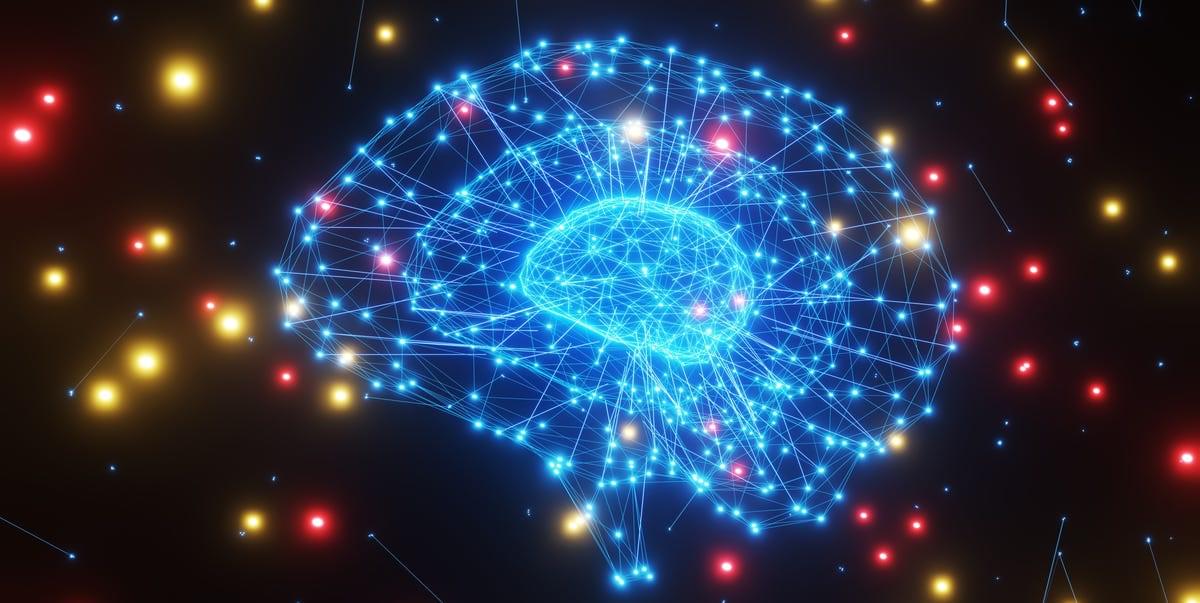

New research finds that dying cells leave a “footprint of death” that guides immune responses — but viruses like influenza can exploit this signaling. The discovery, published in Nature Communications, offers new insight into cell death, viral transmission, and potential drug targets.
New insights into the aftermath of cell death might ultimately inform drug development.